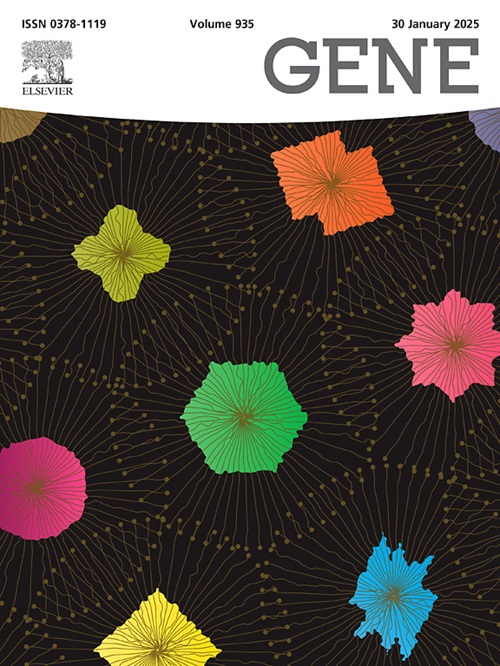Technical innovations of signal amplification in fluorescence in situ hybridization
IF 2.4
3区 生物学
Q2 GENETICS & HEREDITY
引用次数: 0
Abstract
The in situ hybridization approach is used to detect nucleotide sequences in cells, tissue slices, as well as even three-dimensional organs and organisms. This approach is based on the complementary binding of nucleotide probes and unique DNA or RNA target sequences. These probes can be labeled with fluorescent, radioactive or antigen molecules. Depending on the type of probe labeling, fluorescence microscopy, autoradiography or immunohistochemistry is employed for imaging. In situ hybridization is frequently used not only for basic research, but also for diagnostic purposes. However, the low sensitivity of the conventional strategy of in situ hybridization has greatly hindered its application on low-abundance targets. In recent years, several new techniques such as RNA Scope, PLISH and SABER, have been developed, with great improvements in accuracy and sensitivity. Here we review the advances of signal amplification methods in fluorescence in situ hybridization and discuss the advantages and limitations of these new methods.
荧光原位杂交信号放大技术创新
原位杂交方法用于检测细胞,组织切片,甚至三维器官和生物体中的核苷酸序列。这种方法是基于核苷酸探针和独特的DNA或RNA靶序列的互补结合。这些探针可以用荧光、放射性或抗原分子标记。根据探针标记的类型,荧光显微镜、放射自显影或免疫组织化学被用于成像。原位杂交不仅经常用于基础研究,而且也用于诊断目的。然而,传统的原位杂交策略的低灵敏度极大地阻碍了其在低丰度目标上的应用。近年来,RNA Scope、PLISH、SABER等新技术得到了发展,精度和灵敏度都有了很大提高。本文综述了荧光原位杂交中信号放大方法的研究进展,并讨论了这些新方法的优点和局限性。
本文章由计算机程序翻译,如有差异,请以英文原文为准。
求助全文
约1分钟内获得全文
求助全文
来源期刊

Gene
生物-遗传学
CiteScore
6.10
自引率
2.90%
发文量
718
审稿时长
42 days
期刊介绍:
Gene publishes papers that focus on the regulation, expression, function and evolution of genes in all biological contexts, including all prokaryotic and eukaryotic organisms, as well as viruses.
 求助内容:
求助内容: 应助结果提醒方式:
应助结果提醒方式:


